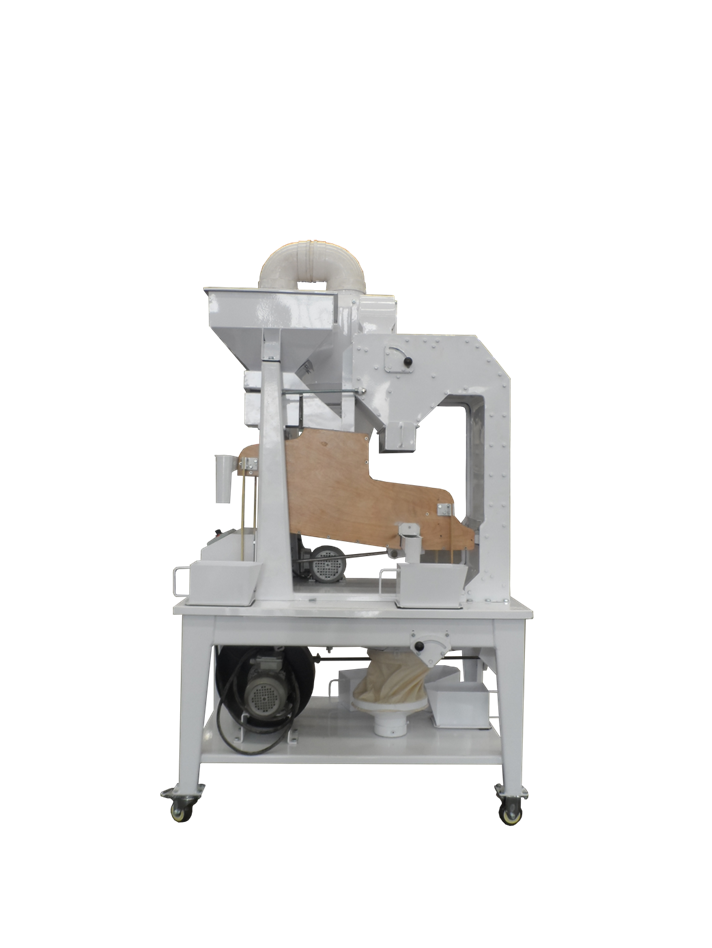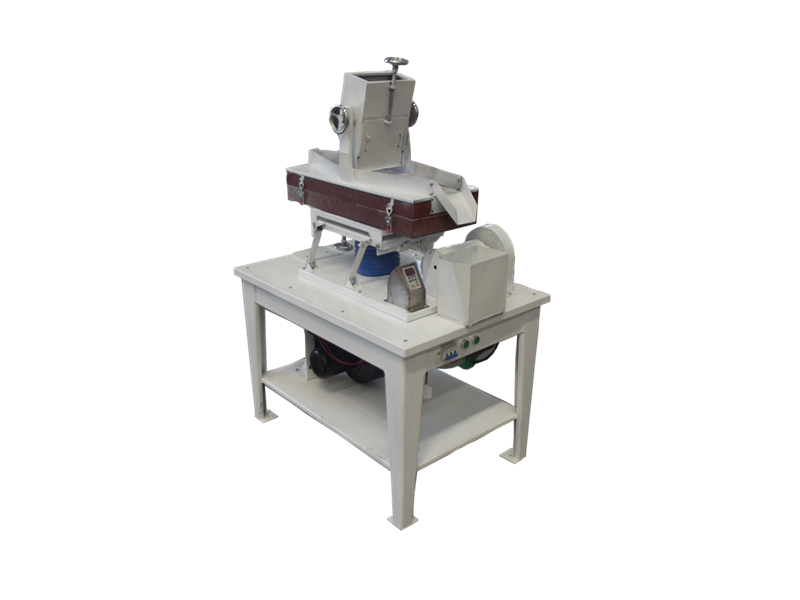First, create a good pond conditions
1. Pond conditions require sufficient water, fresh water, and no pollution, in line with national fishery water standards. Dissolved oxygen is greater than 5 mg/l, and the dissolved oxygen in the bottom layer should be greater than 3 mg/l, pH 7.5-8. The area is 2 to 5 mu, the water depth is 1.2 to 1.8 meters; the bottom of the pool is flat and the gradient is 1: (2 to 2.5); each pond needs to be equipped with 1 to 2 sets of 1 to 1.5 kilowatts of oxygen aerators; the water inlet uses 80 meshes. Bags are filtered to prevent wild fish from entering.
2. Clear pond disinfection of shrimp seedlings before stocking 7 to 10 days, with 75 to 100 kg / acre limestone Quanchiposa, kill pathogens and enemy pests.
3. Add water, fertilize and calcify the lime 2 to 3 days after disinfection, add 50 to 60 centimeters of water, apply fermented organic fertilizer 150 to 200 kg/mu and 1 to 1.5 kg/mu of EM original microbial preparation to cultivate natural food. biological.
4. Set up aquatic plants and concealed materials After the shrimp ponds are added with water, the grasses are planted immediately. The plants are mainly composed of verticillium algae, supplemented by a small amount of agricultur, with a spacing of 1 to 2 meters. The algae are planted in deep water and planted in shallow water, covering the surface with water. About 30%. Practices in production from all over the country have shown that ponds with more aquatic plants have late eggs and large specifications. In addition, some tea twigs, bamboo shoots, etc. can be placed in Shallow Pond Shallow Water. Conditions can also be laid mesh, the implementation of three-dimensional breeding, to increase the habitat of fresh shrimp, and further improve the utilization of water, can effectively increase production and increase the size of commercial shrimp.
Second, the purchase and reasonable stocking of shrimp
1. Shrimp should be purchased in the field of fine shrimp breeding, and avoid self-cultivation for many years to save costs. It is advisable to choose shrimps that are bred by spawning shrimps in off-farm or good-breeding farms, as long as the density of shrimps in the nursery ponds is moderate, generally within 800,000 to 1 million tails/mu, and the size of the seedlings to be raised is relatively neat.
2. Properly postponed the seedling time. The shrimps that were stocked in May and June in Jiangsu and Zhejiang provinces have been sexually matured after 2 to 3 months of feeding, and a large number of sub-generation green shrimp will be produced in August and September. If the stocking time is postponed until about mid-July, the sudden change in the living environment of the shrimp will allow the autumn crop phenomenon to be controlled to a certain extent.
3. Adjust the stocking density and implement arresting and rearing. Sooner or later, sexual maturity of shrimp is closely related to stocking density. The greater the stocking density, the earlier the sexual maturity. The specific density should be determined according to the mode of cultivation: the pond is specially cultured with fresh shrimp, and 60,000 to 80,000 shrimps of 1.5 to 2.0 centimeters per mu are used: Mixed with conventional fish, and 15,000 to 20,000 can be released per mu. The end of winter and early spring stocking shrimp species, the density should not be too large, generally 1200 to 1600 per acre stocking specifications / kg of shrimp species 8 to 10 kg, in order to ensure that the development of the market from May to June.
In addition, measures should be taken after September to catch fish, to catch fish, and to keep small, and shrimps that meet the specifications of the fish should be caught and listed in time to reduce the amount of shrimp in the pond and promote the growth of the shrimp.
Third, scientific feeding of feedstuffs for freshwater shrimp requires high-quality, fresh-sized pellets, which require a crude protein content of 35% to 40% in the larval period and a 30% crude protein content in the middle and late stages (above 4 cm). ~32%. Feeding should follow the principle of "Four Sets", which should be adjusted flexibly according to weather, water temperature, water quality changes, and feeding conditions.
4. Strengthen water quality management and maintain good water quality The shrimps are not tolerant of hypoxia, and their oxygen consumption and suffocation points are higher than the main freshwater cultured fish. In the absence of oxygen in the fish pond, the shrimp always dies and first dies before the fish. Therefore, the regulation of water quality is the key to success or failure of high-yield shrimp farming, and shrimp water quality must meet the requirements of “fat, live, tender and coolâ€. Its main measures are as follows:
1. Mechanical oxygenation. Specially cultivated green shrimp ponds, due to the large number and high density of fresh shrimps, must ensure that the shrimp ponds have sufficient dissolved oxygen. In July, August and September every evening from 16:00 to 7:00 in the morning, aerators should be opened for more days. During hot days or rainy days, it is necessary to properly turn on oxygen during the day. In particular, autumn shrimps are stocked during the high temperature season when they are stocked. Pulling nets and seedlings are generally conducted at low temperatures in the morning. This is the time for the lack of oxygen in the pond waters. If the shrimp ponds are not given oxygenation measures in advance, It is very easy to cause hypoxic death of shrimp.
2. Often add new water or apply microbial preparations. Injecting fresh water frequently is the most effective measure to improve the water environment and maintain good water quality. In the absence of water or water inconvenient shrimp ponds, photosynthetic bacteria, EM crude, Bacillus and Other beneficial microbial preparations should be used to improve and regulate water quality.
3. Apply top dressing in a timely manner to cultivate plankton, keep the ideal color such as yellow-green or brown, and control the transparency to 25-30 cm. Dressing fertilizers generally use organic fertilizers such as decomposed organic fertilizers and fertilizers such as urea and superphosphate.
4. Splash lime regularly, generally every 15 to 20 days with 10 ~ 15 g / cubic meter of lime water Quanchiposa.
5. Timely nesting of fingerlings and control of over-expansion of green penguin strains will be held at the end of August and early September. The main culturing species are the whitebait, the Xiangyun squid, the squid, and the stingray and other fish species. The quantity should not be too high, generally 50 to 100 tails per mu. The fishes were allowed to ingest a large amount of plankton in the pool and the sickle-shaped larvae before the metamorphosis of the shrimp, thereby controlling the breeding amount of the shrimp.
Six, several effective methods to control the precocious puberty and density of penaeid shrimp
1. Improve stocking mode. A lot of farmers are relying mainly on stocking and holding eggs and adopting self-breeding, self-breeding and self-support. This model is a broad-based method of raising shrimp. Although seedlings have low costs and are convenient and practical, it is difficult to control the density. The specifications of listed shrimps are uneven and the yield and benefit are not high. Therefore, in order to increase production and efficiency, it is necessary to adopt technological measures such as reforming extensive culture to intensive breeding, relocating egg-holding shrimp to stocking high-quality shrimp, and raising one-pot shrimp to two-shrimp.
2. The shrimps are stocked until the beginning of September. When the larvae appear in the shrimp ponds, the water volume can be increased or the whole pool can be splashed with 20 kg/mu of calcined pulp to quickly increase the pH value, so that the shrimps and not yet metamorphosis The zoea died because they could not tolerate mutations in water quality factors.
Laboratory seed equipment is designed for laboratory use as well as for small scale production in research stations, institutes, college study, seeds companies.
Lab seed cleaning/ processing equipment is our featured product. We have a wide lab equipment range. Including lab seed cleaner & grader, Lab Gravity Separator, lab destoner, lab de-awner, lab thresher, lab Indented Cylinder , lab air cleaner, lab grader, Seed Coating Machine, seed counter etc. So we can offer laboratory equipment from seeds pre-treatment like removing husking, to cleaning, until final seeds coating. Lab Seed Equipment is used for batch and continuous flow separation. Normally lab equipment is being used after one another. Finally operators get the satisfied result. The lab machines help researchers found the seeds feature data base.
All lab seed equipment is high accuracy separating rate. It can effectively remove the impurity, grade seeds by different principles as size, specific weight, length, etc.
The laboratory seed machines are all equipped with single control panel. There are frequency converters inside. Besides the control panel, there are many adjusting handles on machine too. The machine vibration, air volume, table inclination are all adjustable. And equipment sieves/sieve beds are all changeable. This make the lab seed equipment meet different type seeds processing.
Laboratory seed processing equipment is quite fit for vegetable seeds, flower seeds, grass seeds, alfafa and similar small seeds cleaning and study. Now lab seed equipment becoming our hot products.



Laboratory Seed Equipments,Lab Seed Equipment,Lab Grain Equipment,Laboratory Grain Seed Equipment
SHIJIAZHUANG SYNMEC INTERNATIONAL TRADING LIMITED , https://www.seedgraincleaner.com
